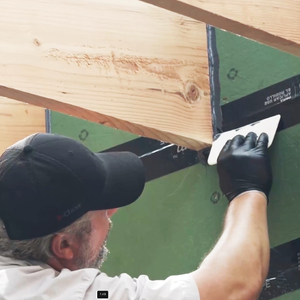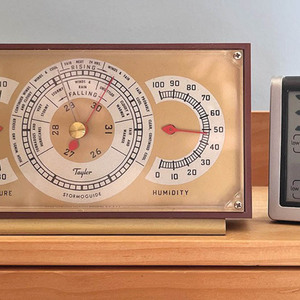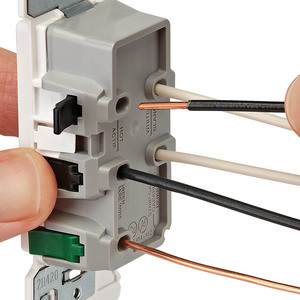Could somebody explain the difference between, and the meaning of, ‘grounding’ and ‘bonding’ at the service entrance. What would be the requirements in a property where there are 2 separate buildings with the service panel (2 meters) on one building feeding a) a sub-panel inside that building and b) a sub-panel (via underground sched 40 pvc conduit) to the other building.
Discussion Forum
Discussion Forum
Up Next
Video Shorts
Featured Story

This thoughtful architect advocates for designing small, environmentally conscious spaces.
Featured Video
How to Install Cable Rail Around Wood-Post CornersHighlights
"I have learned so much thanks to the searchable articles on the FHB website. I can confidently say that I expect to be a life-long subscriber." - M.K.

















Replies
tim,
In your context, "grounding" means system grounding: providing a very low-impedance electrical connection from the service neutral/ground point to the earth. The objective of system grounding is:
1. provide a zero-potential reference point for the neutral condictors and equipment grounding conductors;
2. limit voltage on the house wiring by providing a sink for overvoltage at the service due to a lightning srtike, transformer failure, or power line cross (where the high voltage [11,000volts or more] lines accidentally contact the 120/240 secondary distribution lines connected to your house); and,
3. provide a last-ditch return path for neitral current to return to the utility transformer if the service drop neutral is lost (interrupted).
"Bonding" means electrically connecting a thing to something that's grounded. At the service point (either at the utility meter, or the service entrance panel, or main breaker panel, depending on the configuration of the system), there is a terminal bar that is grounded via a heavy copper wire to the grounding electrode(s). There is a short, heavy copper wire that connects this ground terminal bar or bus to the sheetmetal housing or the meter socket of breaker panel. This short, heavy copper wire is called a "bonding jumper", because it bonds (or connects) the metal housing to the ground reference point.
If there is a subpanel in the same building as the service, the neutral and the equipment grounding terminal bars must be kept separate and the neutral bar isolated from the subpanel housing. The feeder between the service panel and subpanel must be a 4-wire (hot, hot, neutral, ground). No additional grounding electrode required at the subpanel.
For a separate building, the subpanel can be set up as above, BUT there must also be a grounding electrode system at the 2nd building. Or, if there are no metallic pathways 'tween buildings (like phone lines or other wires, or metallic pipes), the subpanel in the second building can be set up a a sort of service, with the neutral and ground bonded. There has to be a grounding electrode system at the 2nd bldg in this case also.
I recommend the first option; it takes another conductor in the feeder, but is safer. If the second option is used, and the feeder neutral is compromised (it happens, due to damage or corrosion, or bad or degraded connections at either end), the energy on the neutral will try to find it's way back to the main panel via the earth (or any future phone wires or other metallic paths between the buildings). Particularly if there's a short circuit or fault in the feeder or in the system in the 2nd building, this energy can be considerable, and it's flow through the earth can be very dangerous.
If you're considering doing this sort of work yourself, I suggest you read John Traister's book "Electrical Wiring Residential" for a more thorough explanation. It's amazing how screwed up a residential wiring system can be and still work, but be unsafe, and with one change or common failure, become deadly unsafe.
Good luck,
Cliff